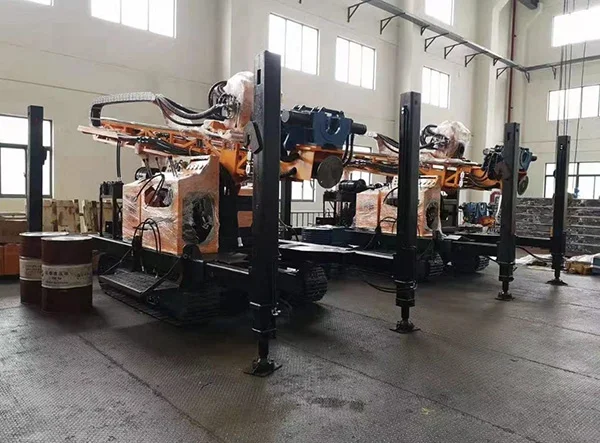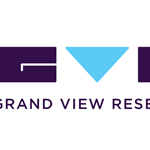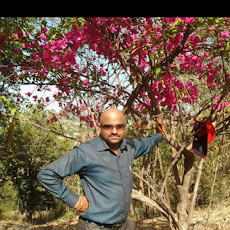The YGL-300 Reverse Circulation Drilling Rig, manufactured by Jinfan Drilling Equipment, is a versatile and powerful drilling rig used in various drilling applications. This innovative rig is designed to efficiently extract samples from deep underground, making it an indispensable tool in areas such as mineral exploration, geotechnical investigations, and water well drilling. In this article, we will delve into the working principle of the YGL-300 Reverse Circulation Drilling Rig, exploring its components, operation, and the benefits it offers in the field of drilling.
Components of the YGL-300 Reverse Circulation Drilling Rig
The YGL-300 Reverse Circulation Drilling Rig consists of several key components that work together to facilitate the drilling process:
Mast: The mast is the vertical structure that supports the drilling apparatus and provides stability during the drilling operation. It is designed to withstand the forces exerted during drilling and is adjustable to accommodate different drilling angles and depths.
Power Pack: The power pack is responsible for supplying power to the drilling rig. It typically includes a diesel engine or an electric motor that drives the hydraulic system, providing the necessary force and torque for drilling.
Drill Pipe and Drill Bit: The drill pipe is a hollow tube that connects the drilling rig to the drill bit. It allows for the transportation of drilling fluid and facilitates the rotation of the drill bit. The drill bit, located at the bottom end of the drill pipe, is designed to cut through the subsurface materials and extract samples.
Cyclone Separator: The cyclone separator is a crucial component of the reverse circulation system. It separates the drilling fluid from the drill cuttings, allowing the fluid to be recirculated while retaining the cuttings for analysis.

Working Principle of the YGL-300 Reverse Circulation Drilling Rig
The YGL-300 Reverse Circulation Drilling Rig operates based on the principle of reverse circulation, which involves the circulation of drilling fluid in the opposite direction compared to conventional drilling methods. This technique offers several advantages, including improved sample recovery rates and reduced contamination.
Drilling Process Initiation: The drilling process begins by positioning the YGL-300 rig at the desired drilling location. The mast is adjusted to the required angle, and the drill bit is lowered into the ground to start the drilling operation.
Reverse Circulation System: The YGL-300 rig utilizes a reverse circulation system, where drilling fluid is pumped down through the drill pipe and exits through nozzles near the drill bit. This fluid flow creates a high-velocity reverse circulation within the drill pipe, effectively carrying the drill cuttings back to the surface.
Cyclone Separator Operation: As the drilling fluid and cuttings reach the surface, they are directed to the cyclone separator. The separator uses centrifugal force to separate the solid cuttings from the drilling fluid. The cuttings are collected for analysis, while the drilling fluid is recirculated for reuse in the drilling process.
Sample Extraction: The reverse circulation drilling method employed by the YGL-300 rig enhances sample recovery rates. The high-velocity fluid flow and efficient cuttings removal system minimize the chance of sample loss or contamination, ensuring more accurate analysis of subsurface materials.
Benefits of the YGL-300 Reverse Circulation Drilling Rig
The YGL-300 Reverse Circulation Drilling Rig offers several advantages over traditional drilling methods, making it a preferred choice for various drilling applications:
Improved Sample Recovery: The reverse circulation system of the YGL-300 rig allows for efficient retrieval of drilling samples. The high-velocity fluid flow carries the cuttings to the surface, minimizing sample loss and contamination. This enhanced sample recovery rate ensures a more accurate understanding of the subsurface geology.
Time and Cost Efficiency: The YGL-300 rig's reverse circulation drilling method offers faster drilling speeds compared to conventional methods. The efficient removal of cuttings and the recirculation of drilling fluid result in reduced downtime for cleaning and maintenance. This increased efficiency translates into cost savings and improved project timelines.
Environmental Considerations: The YGL-300 rig's reverse circulation system reduces the discharge of drilling fluid and cuttings into the environment. The cyclone separator effectively separates the cuttings, allowing for their proper disposal or analysis. This environmentally friendly approach minimizes the impact on surrounding ecosystems.
Versatility: The YGL-300 Reverse Circulation Drilling Rig is highly versatile and can be used in a wide range of drilling applications. Whether it is mineral exploration, geotechnical investigations, or water well drilling, this rig offers the flexibility to adapt to different geological conditions and project requirements.

Conclusion
The YGL-300 Reverse Circulation Drilling Rig, developed by Jinfan Drilling Equipment, demonstrates the effectiveness and efficiency of reverse circulation drilling methods. With its robust components and innovative design, this rig offers improved sample recovery rates, time and cost efficiency, and environmental considerations.As a leading provider of drilling equipment, Jinfan Drilling Equipment offers the YGL-300 Reverse Circulation Drilling Rig, which harnesses the benefits of reverse circulation drilling to enhance drilling operations in various industries. By understanding the working principle of this rig, professionals can make informed decisions and optimize their drilling processes to achieve better results.







